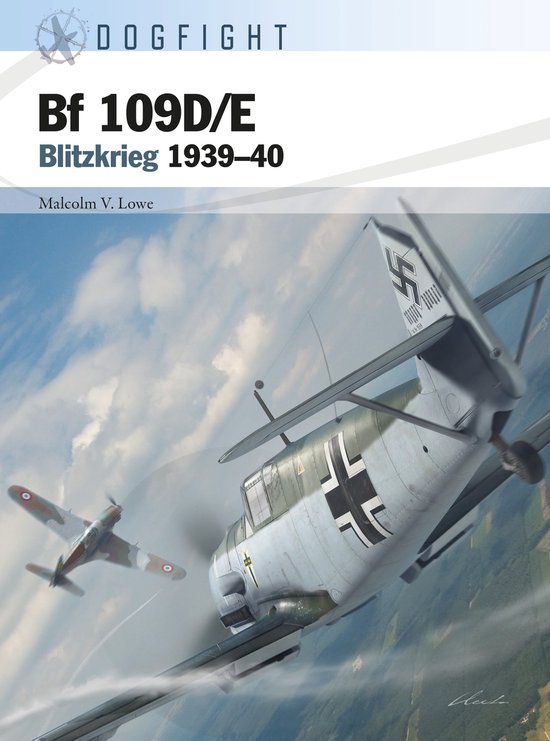
Aviation Fact File - Modern Fighting Air Craft - B-1B Lancer
A supersonic variable-sweep wing, heavy bomber used by the United States Air Force. It is commonly called the "Bone" (from "B-One").[1] It is one of three strategic bombers in the U.S. Air Force fleet as of 2021, the other two being the B-2 Spirit and the B-52 Stratofortress.
The B-1 was first envisioned in the 1960s as a platform that would combine the Mach 2 speed of the B-58 Hustler with the range and payload of the B-52, and was meant to ultimately replace both bombers. After a long series of studies, Rockwell International (now part of Boeing) won the design contest for what emerged as the B-1A. This version had a top speed of Mach 2.2 at high altitude and the capability of flying for long distances at Mach 0.85 at very low altitudes. The combination of the high cost of the aircraft, the introduction of the AGM-86 cruise missile that flew the same basic speed and distance, and early work on the stealth bomber all significantly reduced the need for the B-1. This led to the program being canceled in 1977, after the B-1A prototypes had been built.
The program was restarted in 1981, largely as an interim measure due to delays in the B-2 stealth bomber program. This led to a redesign as the B-1B, which differed from the B-1A by having a lower top speed of Mach 1.25 at high altitude, but improved the low-altitude speed to Mach 0.96. The electronics were also extensively improved, and the airframe was improved to allow takeoff with the maximum possible fuel and weapons load. Deliveries of the B-1B began in 1986 and formally entered service with Strategic Air Command (SAC) as a nuclear bomber that same year. By 1988, all 100 aircraft had been delivered.
With the disestablishment of SAC and its reassignment to the Air Combat Command in 1992, the B-1B was converted for a conventional bombing role. It first served in combat during Operation Desert Fox in 1998 and again during the NATO action in Kosovo the following year. The B-1B has supported U.S. and NATO military forces in Afghanistan and Iraq. The Air Force has an inventory of 45 B-1Bs as of 2021.[2] The Northrop Grumman B-21 Raider is to begin replacing the B-1B after 2025; all B-1s are planned to be retired by 2036.
| Auteur | | Mike Spick |
| Taal | | Engels |
| Type | | Hardcover |
| Categorie | | Vrije tijd & Hobby |




